May be absent in cases of nerve damage. Critical Care Clinics updates you on the latest trends in patient management keeps you up to date on the newest advances and provides a sound basis for choosing treatment options.

What Is Compartment Syndrome Of The Lower Limbs Mass4d Foot Orthotics
Compartment Syndrome
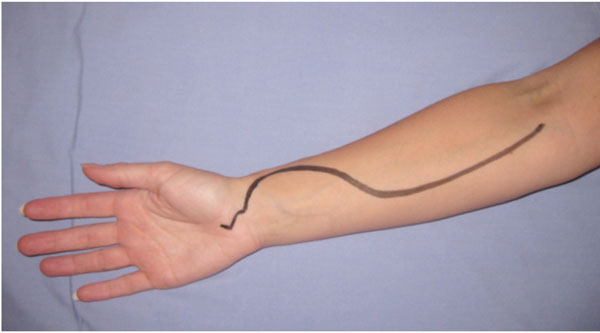
Acute Compartment Syndrome Of The Limbs Current Concepts And Management
Published four times a yearin January April July and Octobereach issue focuses on a single topic in critical care including cardiac emergencies sepsis infectious diseases shock and trauma neurologic.
Compartment syndrome nerve damage. The incidence of acute compartment syndrome is estimated to be 73 per 100000 in males and 07 per 100000 in females with the majority of cases occurring after trauma. The carpal tunnel although not a true compartment may act as a closed space and the median nerve may be subjected to the adverse effects of increased pressureThe hand compartments that may be involved in compartment syndrome are the interossei both dorsal and palmar the thenar and hypothenar the adductor and the fingers. Surgery of all tissues.
Trauma systems and management. It is most often due to injury such as fracture that causes bleeding in a muscle which then causes increased pressure in the muscleThis pressure increase causes nerve damage due to decreased blood supply. Necrosis of the soft tissues and peripheral nerves damage may occur if the pressure is not quickly relieved.
Tibial shaft fracture is the most common cause of acute compartment syndrome associated with a 1 to 10 percent incidence of acute compartment syndrome. Compartment syndrome is a condition in which increased pressure within one of the bodys anatomical compartments results in insufficient blood supply to tissue within that space. Apply ice or cold therapy for 20 minutes every two hours.
The debilitating condition can either be acute or chronic. It is a painful condition caused by increased intracompartmental pressure compromising perfusion and resulting in muscle and nerve damage within that compartment. Compartments of the leg or arm are most commonly involved.
Symptoms include severe pain numbness and decreased range of motion. Symptoms of radial neuropathy vary depending on the severity of the trauma. May be absent in cases of nerve damage.
This pressure can decrease blood flow which prevents nourishment and oxygen from reaching nerve and muscle cells. Injury was founded in 1969 and is an international journal dealing with all aspects of trauma care and accident surgeryOur primary aim is to facilitate the exchange of ideas techniques and information among all members of the trauma team. There are two main types.
Symptoms of acute compartment syndrome ACS can include severe pain poor pulses decreased ability to move. Rest until the pain has gone. Leg Compartment Syndrome is a devastating lower extremity condition where the osseofascial compartment pressure rises to a level that decreases perfusion to the leg and may lead to irreversible muscle and neurovascular damage.
Acute compartment syndrome ACS is a surgical emergency. This pressure buildup causes a reduction in blood flow which reduces the amount of oxygen and nutrients supply to muscle cells and the nerves. You may be given oxygen using a face mask as this may help to increase oxygen delivery to the affected muscles.
Each group is enclosed in tissue fascia and together they make up. Dorsiflexion Upward flexion of the part of the body as the hand foot or toes are pushed towards the body. Acute compartment syndrome is a medical emergency.
Remember from anatomy and physiology that in the leg and arm there are individual compartments grouped together but separated from one another that contain bone muscle nerves and vessels. Compartment syndrome A condition resulting from increased pressure in a muscle compartment. This is done by performing an operation called a.
Despite new research and articles discussing novel diagnostic tools clinical examination is. Without treatment to relieve the pressure of acute compartment syndrome muscle and nerve tissue may be cut off from. Acute compartment syndrome usually develops over a few hours after a serious injury to an arm or leg.
Compartment Syndrome - A compartment syndrome can mostly be found in the upper arm and lower leg. Although surgery is effective for most people its not without risk and in some cases it may not completely alleviate symptoms associated with chronic exertional compartment syndrome. Work the upper body instead or swim if this can be done pain-free.
The aim of treatment for compartment syndrome is to relieve the pressure within the fascial compartment surrounding the muscles. However common symptoms may include wrist drop numbness on the back of the hand and wrist and inability to voluntarily straighten the fingers. Compartment syndrome is a painful condition that occurs when pressure within the muscles builds to dangerous levels.
If not corrected within 6 hours the damage is permanent. Ice should not be applied directly to the skin but wrap in a wet tea towel. This compromises the blood flow andor nerve supply to the muscle compartment leading to impaired circulation tissue perfusion and motor function.
Compartment syndrome describes increased pressure within a muscle compartment of the arm or leg. Compartment syndrome can be either acute or chronic. Acute compartment syndrome can be a medical emergency as muscle and nerve damage can occur.
Compartment syndrome should be treated as quickly as possible to try to reduce the likelihood of permanent nerve and muscle damage. Compartment syndrome is a life-threatening condition that occurs as a result of intense pressure in muscle cells. Acute compartment syndrome of the hand.
It can show up after a pressure build-up on or within a muscle compartment with an overload of certain muscle groups or fluid build-up being possible origins of this syndrome. How is compartment syndrome treated. The Journal of Hand Surgery publishes original peer-reviewed articles related to the pathophysiology diagnosis and treatment of diseases and conditions of the upper extremity.
And nutrients muscles and nerves may stop functioning or die. Acute compartment syndrome is a medical emergency and is often the. Acute compartment syndrome is one of the few true emergencies in orthopedic traumatology and it is a potentially devastating complication.
Complications of the surgery can include infection permanent nerve damage numbness weakness bruising and scarring. Compartment syndrome may occur acutely often following trauma or as a chronic syndrome seen most often in athletes that presents as insidious pain. As the pressure builds within the compartment this will cut off the blood supply and nerve function to this muscle.
Compartment syndrome should be treated as quickly as possible to reduce the likelihood of permanent nerve and muscle damage. In severe circumstances there may be so much tissue damage that doctors need to. A table outlining the emergency evaluation and management of ACS is provided.
These include both clinical and basic science studies along with case reportsSpecial features include Review Articles including Current Concepts and The Hand Surgery Landscape Reviews of Books and Media. Thigh Compartment Syndrome is a devastating lower extremity condition where the osseofascial compartment pressure rises to a level that decreases perfusion to the thigh and may lead to irreversible muscle and neurovascular damage. The tibial nerve runs along the deep calf muscles with a compartment.
Compartment Syndrome Symptoms. Loss of wrist extension is due to loss of the ability to move of the posterior compartment of forearm muscles. Your muscles group together in your arm leg hand or foot along with blood vessels and nerves.
Acute compartment syndrome is a limb and life-threatening surgical emergency.

Compartment Syndrome Physiopedia

What Causes Compartment Syndrome Symptoms 5 P S Treatment
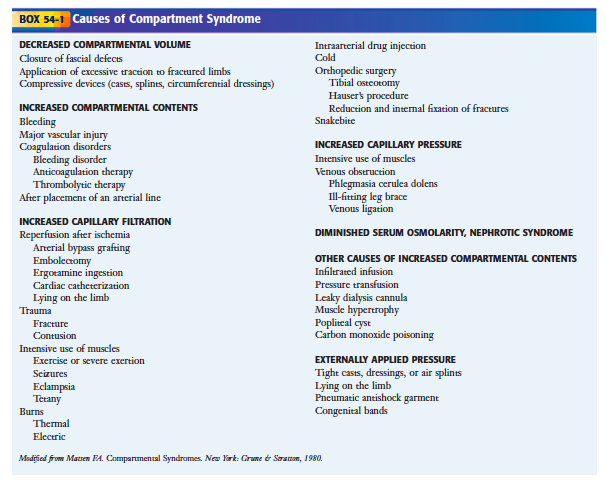
Compartment Syndrome Core Em
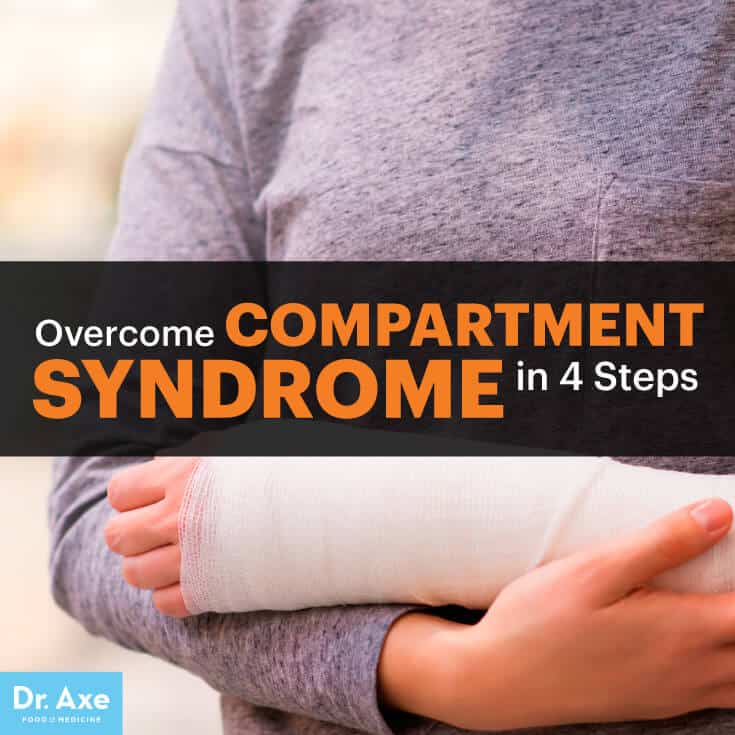
Compartment Syndrome 4 Steps To Solving Dr Axe
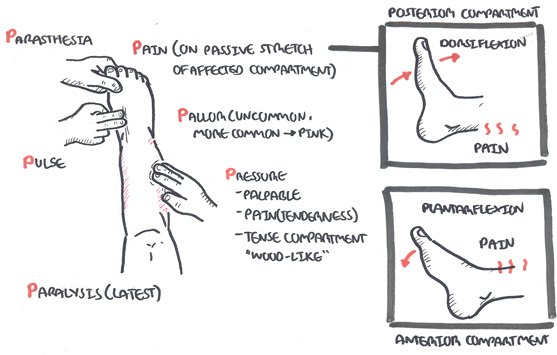
Acute Compartment Syndrome Armando Hasudungan
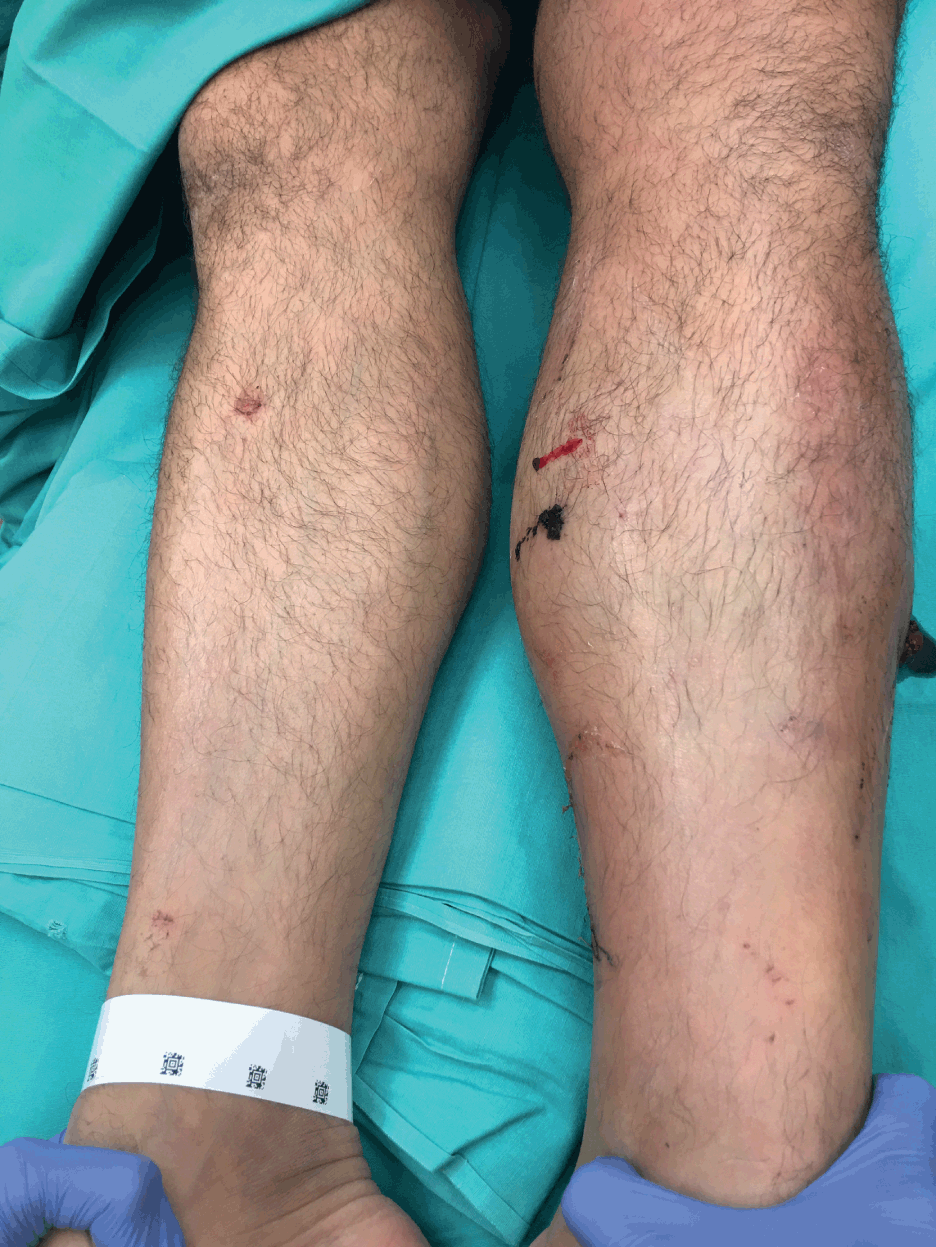
Extremity Compartment Syndrome Chapter 10 Color Atlas Of Emergency Trauma

Hand Forearm Compartment Syndrome Trauma Orthobullets

Chronic Exertional Compartment Syndrome Symptoms And Causes Mayo Clinic


